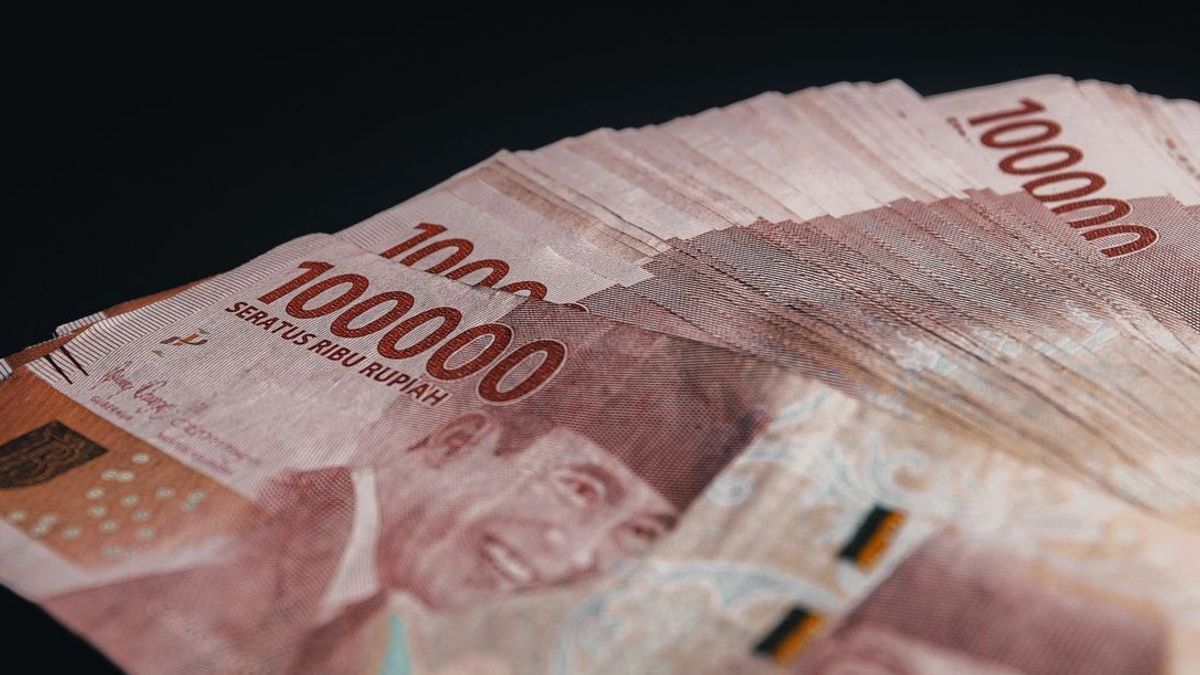JAKARTA - The government through the Ministry of Finance (Kemenkeu) decided to provide debt relief to the state for 36,283 debtors.
The Ministry of Finance's Director of State Receivables and Other State Assets, Lukman Effendy, said that if it is totaled, all of these debts have the potential to generate funds of IDR 1.17 trillion.
"Of this number, 1,749 debtors are active in payment of Rp. 42.4 billion or only 3.6 percent. This is very small," he said in a virtual press conference, Friday, February 26.
Lukman hopes that more and more debtors will take advantage of this facility to obtain relief from payment obligations.
"But of course it must meet certain requirements that have been set," he said.
He continued, state receivables in the community also consist of immovable collateral from 5,110 debtors.
"The aforementioned amount is calculated based on debt relief through the crash program mechanism," he added.
In detail, the age of state receivables, which is less than 1 year, comes from 6,237 debtors, amounting to Rp1773.4 billion. Then, 1-3 years from 14,892 debtors worth IDR383.7 billion, and over 3 years as many as 15,154 debtors amounting to IDR617.1 billion
"These are receivables collected from various cross-sectors, such as banks and others," he said.
This relief program is given to MSME debtors with a maximum debt value of up to IDR 5 billion, mortgage debtors up to IDR 100 million, and other debtors with a total debt value of below IDR 1 billion.
Meanwhile, the form of relief in question is divided into two major groups. First the debtor with collateral for building land. In this segment, debtors can get discounts of up to 100 percent for interest, penalties and fees.
Then, a 35 percent discount for principal debt, and additional principal relief of up to 50 percent for fulfillment of obligations no later than June, 30 percent in July-September, and 20 percent in the October-December period.
Second, debtors who are not supported by collateral for building land. In this segment, all the rules are the same as for the debtor who has collateral for land and buildings. It's just that the difference is a 60 percent cut of the principal debt.
The English, Chinese, Japanese, Arabic, and French versions are automatically generated by the AI. So there may still be inaccuracies in translating, please always see Indonesian as our main language. (system supported by DigitalSiber.id)













